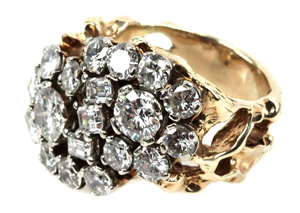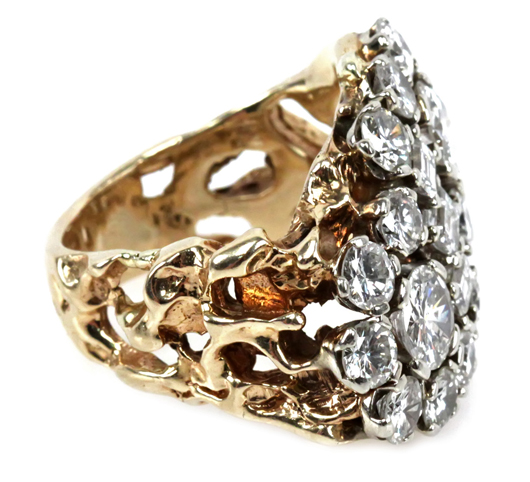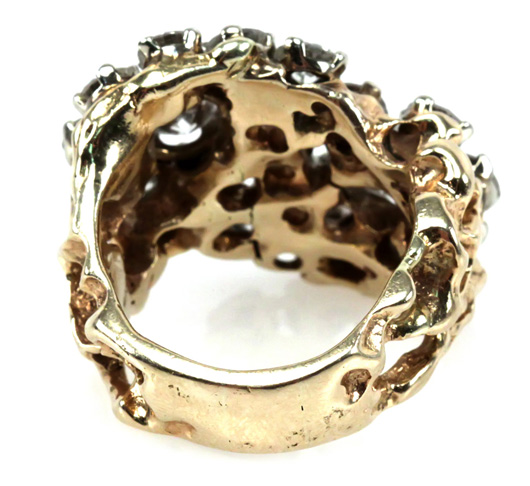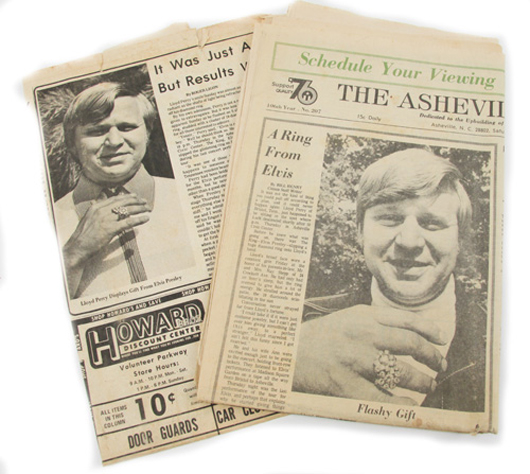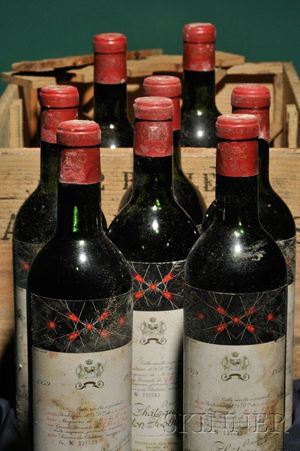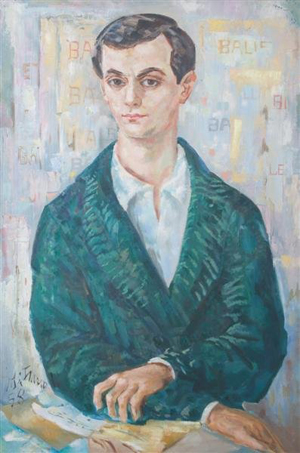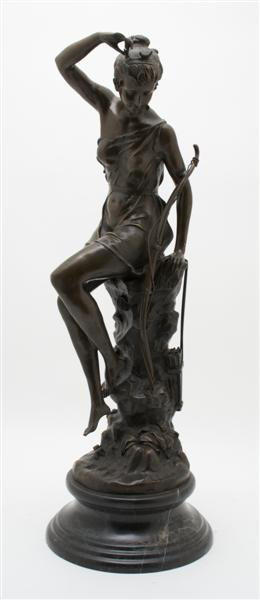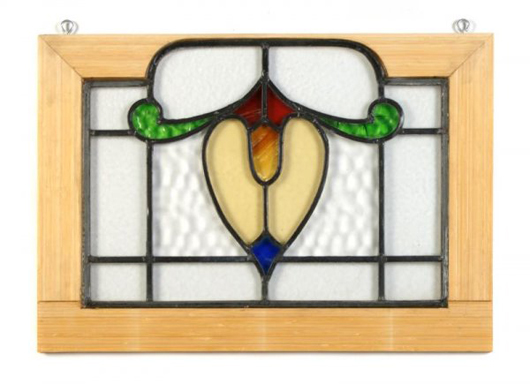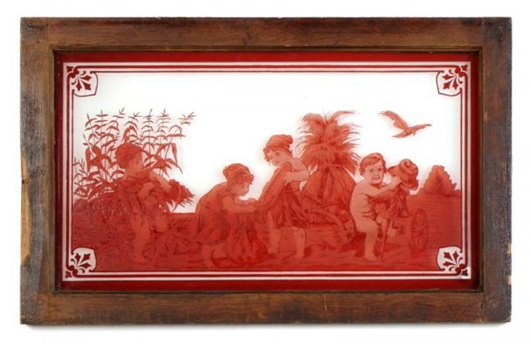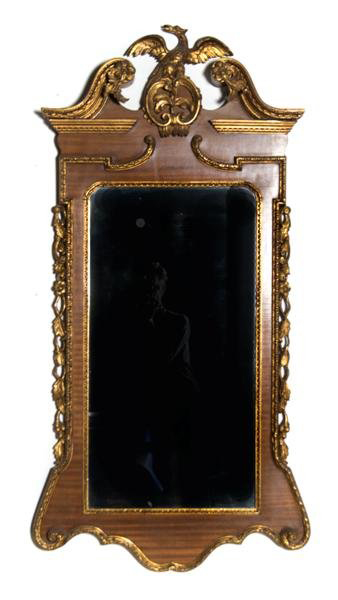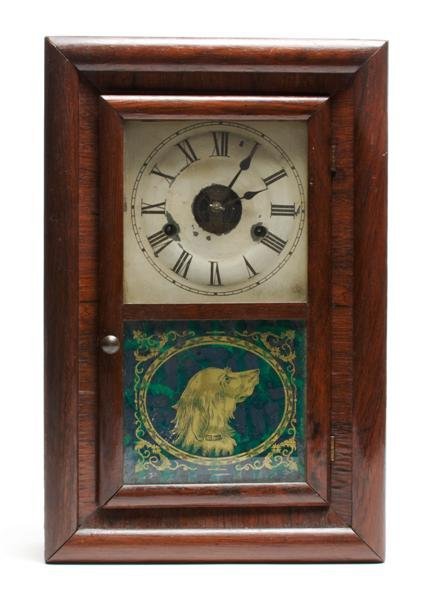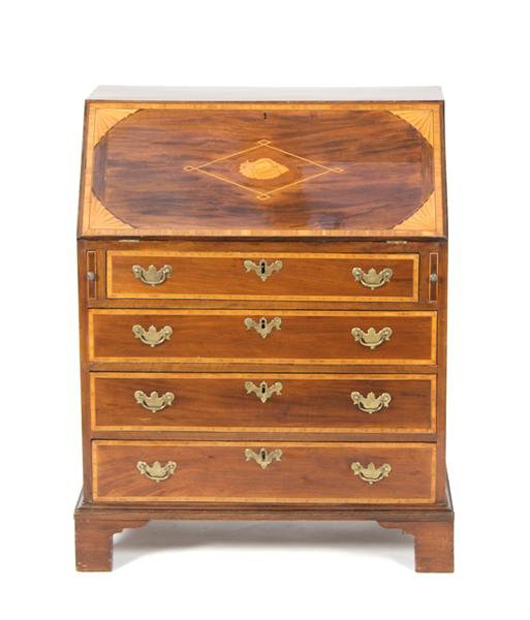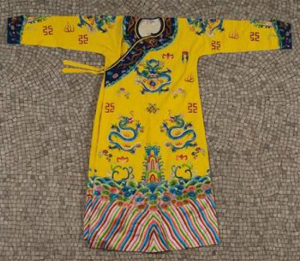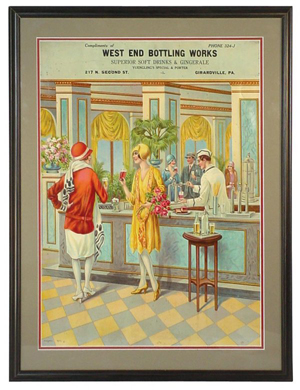NORRISTOWN, Pa. (ACNI) – Yet another unsavory chapter has been added to the life story of former auction company owner Russell A. Pritchard III, 39, who plied his trade in an exclusive Philadelphia suburb before the FBI caught up with him.
Pritchard III, 46, was already serving a 4 to 8-year prison term for crimes involving theft by deception when he was called to appear before the Montgomery County Court on Wednesday, Oct. 21, 2009 to face the latest round of charges brought against him. In a deal accepted by Judge William R. Carpenter, Pritchard III, former owner of Bryn Mawr Auction Co., entered a guilty plea and was sentenced to an additional four to eight years in prison, to be served concurrently with his present jail term.
Described by Assistant District Attorney Tracey Potere as “a common thief” and a “wolf in sheep’s clothing,” Pritchard III pleaded guilty to a list of charges including deceptive business practices, theft by deception and theft by failure to make the required disposition of funds. All of the charges pertained to dealings with three residents of Lower Merion Township, Pa., over a three-year period beginning in 2003.
Prosecutors said Pritchard III — a former appraiser on PBS Television’s Antiques Roadshow — had inappropriately used his association with the popular and highly reputable television show to gain the confidence of wealthy retirees or relatives settling family estates. Pritchard III took possession of his victims’ valuable antiques and profited handsomely from their sale at auction, but he failed to pay the consignors.
Throughout the most recent round of proceedings against Pritchard III, prosecutors emphasized that their main interest was in seeking restitution for the one-time auctioneer’s victims. As part of the plea deal, Pritchard III is required to pay back a total of $65,784 to the three people he most recently conned.
Pritchard III’s questionable dealings in the antiques trade, which date back to 1996, were first revealed in an indictment filed in Philadelphia on March 15, 2001. In a case investigated by the FBI, a grand jury was told that Russell A. Pritchard III and associate George Juno, who were engaged in the business of appraising, purchasing, and selling military-related artifacts through their business, American Ordnance Preservation Association (AOPA), had engaged in staged or phony appraisals to enhance their reputation as militaria experts. This indictment might have garnered less national publicity had Pritchard III and Juno not also been two of the more prominent appraisers on Antiques Roadshow.
The FBI became involved in the case in July 1999, when the appraisers were sued by the descendants of General George Pickett for defrauding them of their ancestor’s property.
In July 1996, Pritchard III and Juno met with a man named “Steve” to rehearse a story about a Confederate Civil War sword that they supplied to him. On July 20, 1996, the three men staged a phony Antiques Roadshow session for a later broadcast. “Steve” recounted that the sword had been in his family for years and that, as a child, he had used it to cut a watermelon. While the cameras rolled, he acted surprised when Pritchard III and Juno appraised the “watermelon sword” at $35,000.
While Pritchard III and Juno used their appearance on the Antiques Roadshow to bolster their reputations, they also relied on false appraisals and misinformation to obtain valuables from unsuspecting collectors.
In early 1997, descendants of Major Samuel J. Wilson, a Union officer in the Civil War, contacted AOPA after watching the “watermelon sword” episode. They asked the association to appraise a sword once used by their ancestor. Pritchard III and Juno gave it a value of close to $8,000 and persuaded the family to sell them the sword so it could be displayed in the National Civil War Museum in Harrisburg, Pennsylvania. The Wilson family had no intention of selling the sword prior to their meeting with the appraisers but, believing their descendant would have a place of honor for all time, the family sold it.
But instead of giving the Wilson sword to the museum, George Juno used it as collateral to secure a loan. Then he helped a family member sell the Wilson sword to a private collector for $20,000 — two and a half times the value at which he and Pritchard III originally appraised it.
Another case involved a gun belonging to Civil War Major General George C. Meade, who commanded the victorious Union forces at the Battle of Gettysburg during the Civil War and repelled the invasion of the North by the Army of Northern Virginia under General Robert E. Lee. After the Battle of Gettysburg, Major General Meade was presented with a pistol that had been in the Meade family since the Major General’s death.
In August 1997, Pritchard III reached out to a Meade descendant and represented himself as an expert in the field of Civil War artifacts. He offered to appraise the mahogany-cased .44-caliber Remington presentation pistol with engraved ivory grips, silver-plated frame, and gold-washed cylinder and hammer. Pritchard III appraised the Meade firearm at between $180,000 and $200,000 and, once again, falsely stated that he was acquiring the firearm for the National Civil War Museum, for permanent display.
In October 1997, a private collector paid Pritchard III $385,000 for the firearm. In return, Pritchard III paid the Meade descendant just $184,000. Then, Pritchard III faxed a letter to the mayor of Harrisburg, stating falsely that the Meade family was not interested in selling the firearm for inclusion in the city’s National Civil War Museum.
Then there was the Patterson collection. In 1996, an employee of AOPA contacted Mrs. Donald Patterson and expressed interest in acquiring a collection of militaria that she and her husband had accumulated over the years. Between August and December 1996, Pritchard III, again falsely representing himself as an agent for the National Civil War Museum, appraised the Patterson collection and chose items — including swords, rifles, pistols, uniforms, and other Civil War artifacts — he said he was acquiring on behalf of the museum.
Three days after Mrs. Patterson agreed to sell a portion of her collection to Pritchard III to preserve and display at the museum, Pritchard sold the majority of the items to a private Civil War dealer for $50,000. In May 1997, he sold the remainder of the collection to another private Civil War dealer for an additional $15,000.
In September 1996, a descendant of Lieutenant Colonel William R. Hunt, an officer in the Confederate States of America during the Civil War, asked Russell Pritchard Jr., (himself a cousin of the Hunt descendant) to appraise a Hunt uniform. Pritchard Jr. delivered the uniform to his son, Russell Pritchard III, who made repairs to the uniform. In December 1996, the Hunt uniform was sent to a textiles expert to confirm its authenticity.
In January 1997, the Pritchards falsely advised Mr. Hunt that the uniform was not authentic and that they had given it away to a clothing collection agency. More than a year later, Pritchard III sold the uniform to a private collector for $45,000. It eventually made its way back to a museum in Tennessee. The institution had bought it from a private dealer for $67,500. In May 2001, Russell Pritchard Jr. was indicted for the theft of the uniform.
In early 1995, the AOPA, Pritchard III and Juno acquired a collection of Civil War-related artifacts from Mr. Ronald Weaver. A sergeant’s Union Zouave uniform was included in the Weaver collection. Pritchard III and AOPA sold the collection, including the Union Zouave uniform, to the National Civil War Museum for $1.8 million. In March 1997, Pritchard III purchased what he thought was another authentic Zouave uniform. He later learned that the uniform was from a Belgian rather than Union military unit, and was of negligible value.
In March 1997, Pritchard III stole the Union Zouave uniform from the Harrisburg museum’s inventory and replaced it with the Belgium Zouave uniform. In the fall of 1997, Pritchard III and Juno sold the stolen Union Zouave uniform to a private Civil War dealer for $20,000.
In total, the three men — Russell Pritchard III, Russell Pritchard Jr., and George Juno — were responsible for more than $1.2 million in historical memorabilia fraud. In early 2001, Juno pleaded guilty to the theft of the Wilson sword.
On December 21, 2001, Russell Pritchard III pleaded guilty to more than 20 counts including wire fraud, mail fraud, theft from a museum, and Interstate Transportation of Stolen Property. On January 18, 2002, Russell Pritchard Jr., and a former museum curator at the Civil War Library and Museum in Philadelphia with 20 years of experience, were found guilty of theft from a museum and aiding and abetting after the fact in the case involving the Hunt uniform.
On July 11, 2002, Russell Pritchard III was sentenced to one year in prison and was ordered to repay $830,000 for staging phony appraisals and defrauding Civil War militaria collectors. Pritchard III pleaded guilty to making false TV appraisals and admitted defrauding artifact owners by giving them low appraisals on items, then reselling them at much higher prices and keeping the profits for himself.
In May 2008, Pritchard III was sentenced to state prison after he pleaded guilty to theft-related charges and admitted to bilking six clients out of more than $100,000 in connection with incidents that occurred between June 2004 and December 2006. At that time, Pritchard III told the judge he had had to deal with a string of problems including a vendor who defrauded him, and auctions that had performed poorly. He said he never intended to defraud anyone.
Auction Central News gratefully acknowledges the assistance of the Philadelphia Division of the FBI for providing information used in the preparation of this article.
# # #


